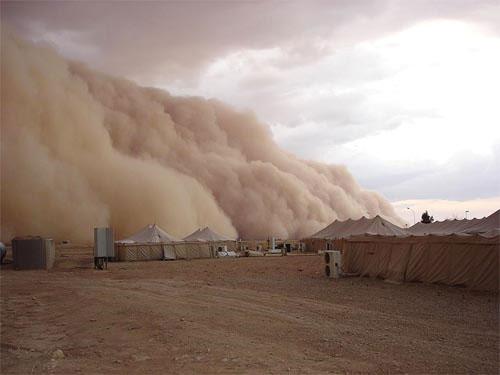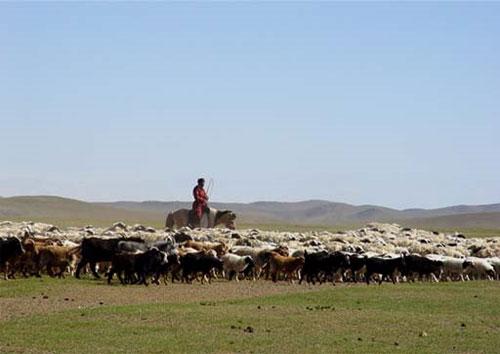Энэ 7 хоногт
Sandstorm hits parts of southeast Asia
Sand and dust storms originated from Gobi desert of Mongolia hit some Asian countries and are expected to continue till June, experts said.

Sand and dust storms originated from Gobi desert of Mongolia hit some Asian countries and are expected to continue till June, experts said.
Beijing witnessed its second sandstorm on this March 22, two days after the first one over the weekend affected some 270 million people in 16 provinces, covering 2 million sq km across the country. Nevertheless, state media said it was not as severe as Saturday’s, which blanketed the city with a layer of fine dust and turned the sky orange.
The dust storms originated from the deserts of Mongolia were carried east by prevailing winds and arrived in Taiwan, Hong Kong, Japan and South Korea.
Hong Kong’s harbour was cloaked in thick smog on Monday as air pollution soared to record levels of around 500, smashing the previous record of 202 recorded in July 2008 - a reading above 51 is considered high - and Taiwan, too, was hit by what are being called the worst sandstorms in 25 years.
In Hong Kong, people with heart and lung diseases were urged to avoid outdoor activities amid what were described as “severe” readings.
According to the Hedley Environmental Index, which monitors and publishes in real-time the economic costs of Hong Kong’s air pollution, the bad air would have resulted in 175 premature deaths and 1.29 million visits to the doctor so far this year and would also have resulted in an estimated loss of USUSD51 million in healthcare costs and lost productivity.
In UB, the concentration of nitrogen dioxide which is primarily the result of internal combustion engines, mainly from the transportation sectors and other industrial processes and tobacco smoke indoor, exceeded the maximum allowable concentration of air quality standards 13 times more around the 1st micro district, 19 times around the 13th micro district, 15 times around the 32nd Circle, 18 times around the Palace of Officers. The sulphur dioxide which is generated mainly by the combustion of coal and petroleum exceeded 24 times more around the Khan-Uul district, 18 times around the 1st micro district, 25 times around the 13th micro district, 17 times around the 32nd Circle and 21 times around the Palace of Officers. The particulate matter less than ten micrograms exceeded 27 times more around the 1st micro district and 22 times around the 13th micro district in the Ulaanbaatar city in February, 2010.





